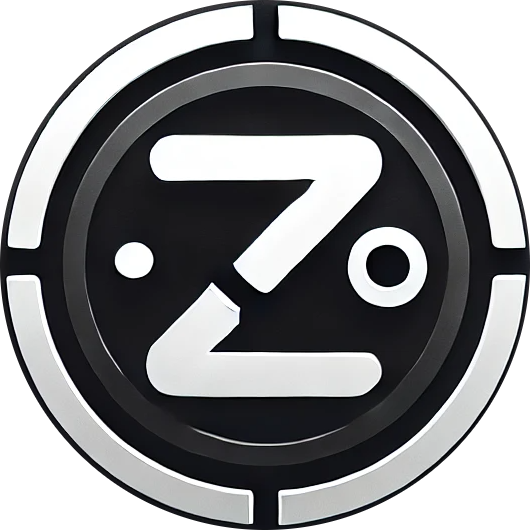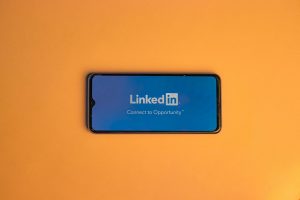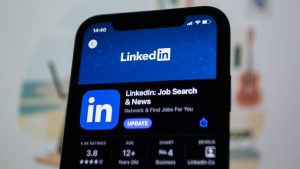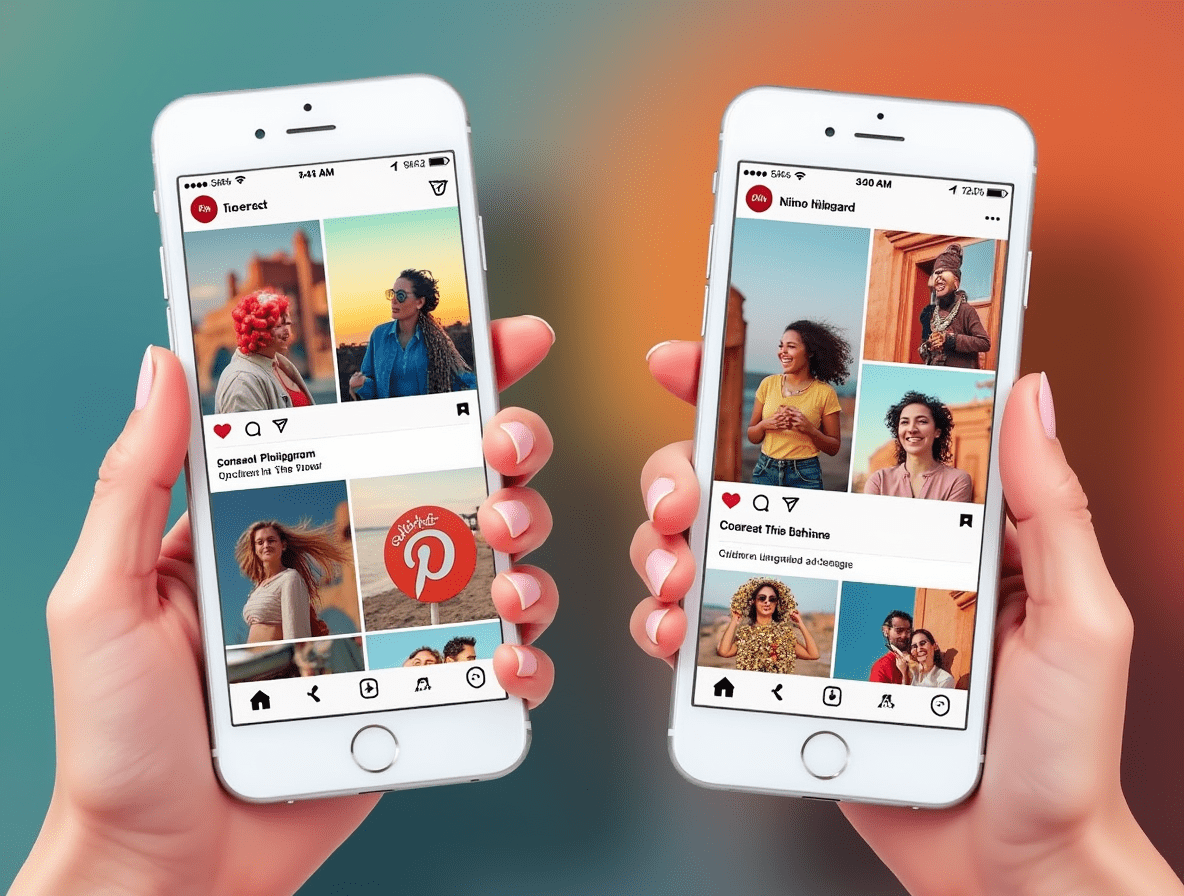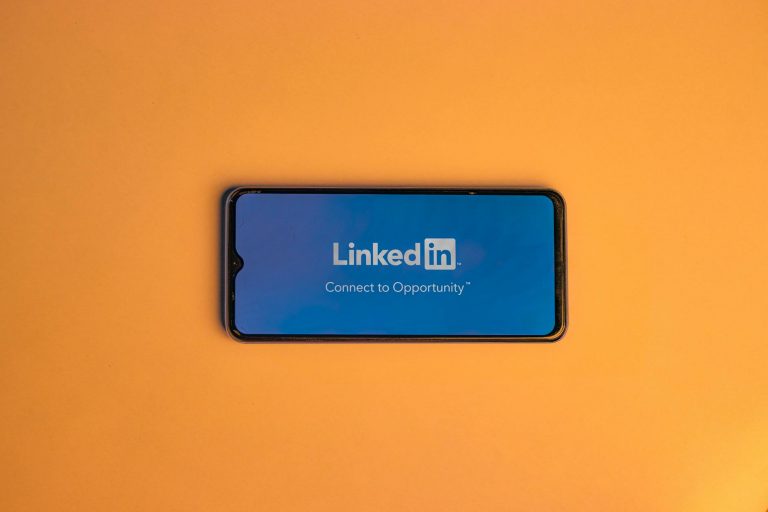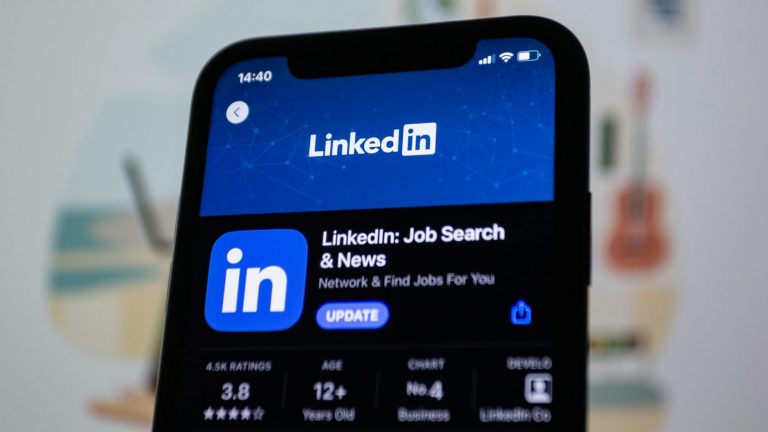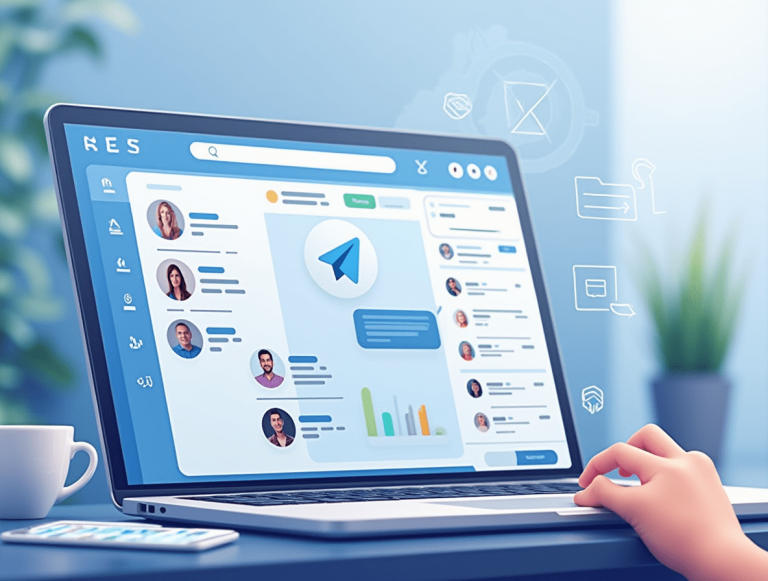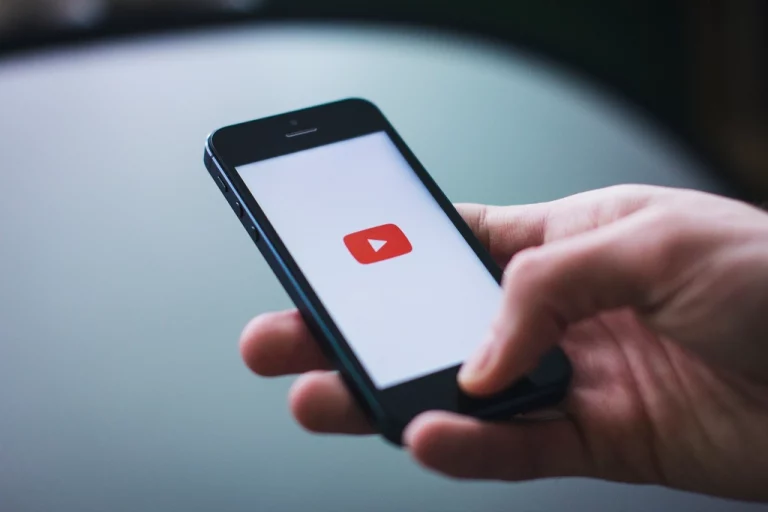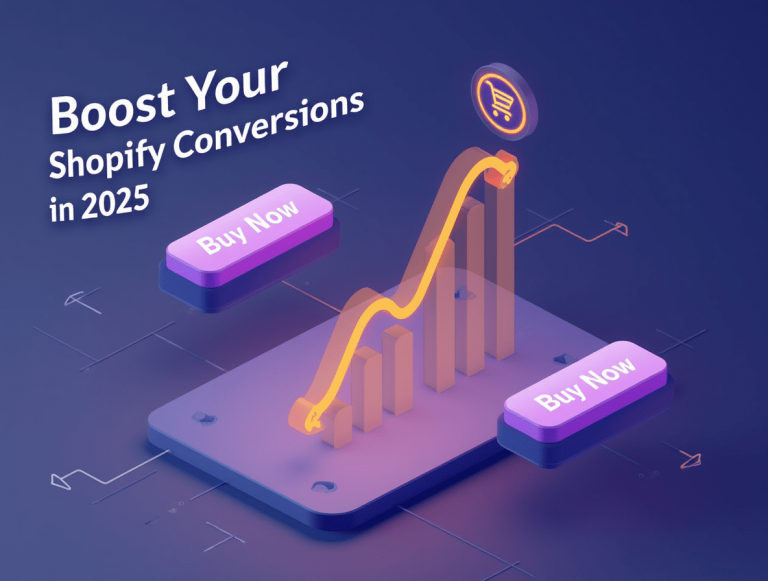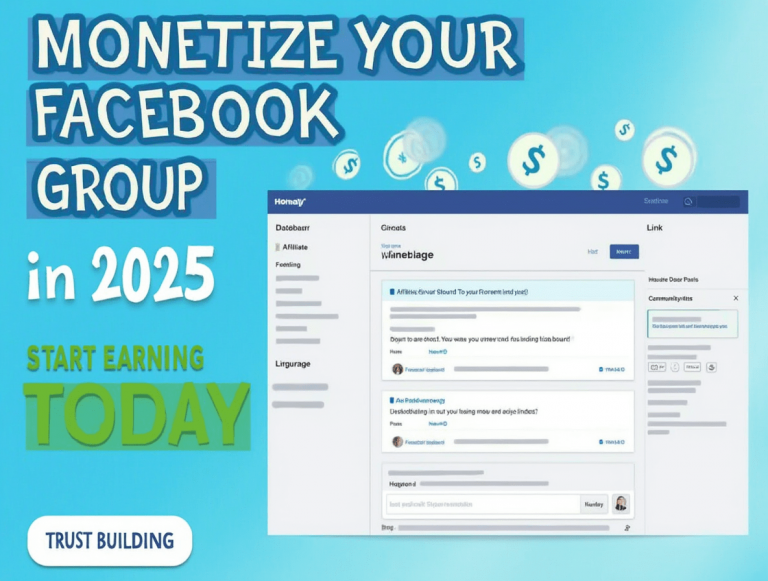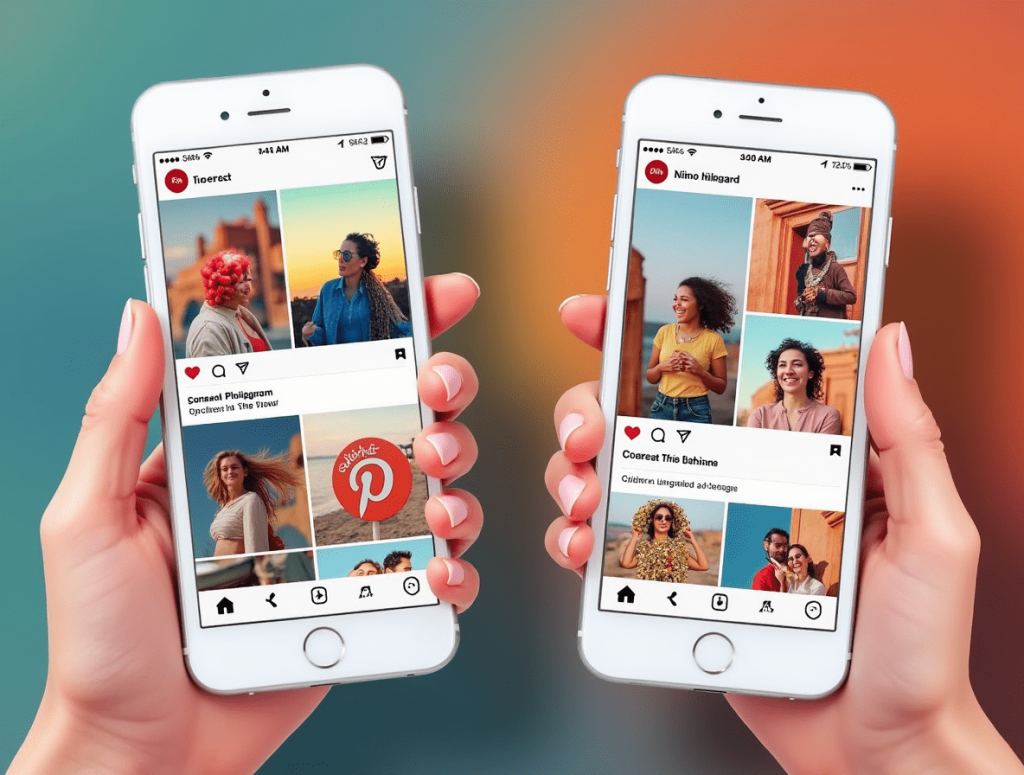
Pinterest vs Instagram: Which is Better for Visual Content in 2025?
Visual content has become the cornerstone of online engagement, with over 65% of people being visual learners who process images 60,000 times faster than text. In this increasingly visual digital landscape, two platforms have emerged as the dominant forces for image-based content: Pinterest and Instagram.
While both platforms revolve around visual media, they serve fundamentally different purposes and audiences. If you’re struggling to decide where to focus your creative energy, build your brand, or simply enjoy visual content, understanding these differences is crucial.
This comprehensive comparison examines how Pinterest and Instagram approach visual content, their unique strengths and limitations, and which platform might better serve your specific needs—whether you’re a casual user, content creator, or business marketer.
Platform Philosophies and Core Purposes
Pinterest: The Visual Discovery Engine
At its essence, Pinterest functions as a visual search engine and idea-saving platform:
- Discovery Focus: Pinterest is designed primarily for users to discover new ideas, products, and inspiration
- Future Planning: Content typically relates to future projects, purchases, or aspirations
- Organization System: Based on boards that users curate around specific themes or interests
- Search Intent: Users often come with purpose-driven searches for specific ideas or solutions
As Pinterest’s CEO Ben Silbermann famously described it, “Pinterest is not a social network. It’s a catalog of ideas.”
Instagram: The Visual Social Network
Instagram, by contrast, operates fundamentally as a social platform with visuals at its core:
- Connection Focus: Built around following and interacting with specific people, brands, and influencers
- Present Moment: Content typically showcases current activities, lifestyle, and real-time updates
- Chronological Flow: Organized as a feed of recent content from followed accounts
- Social Intent: Users primarily come to see updates from people and brands they follow
Instagram prioritizes social connection through visual storytelling, emphasizing who is sharing rather than what is being shared.
Visual Content Types and Formats
Pinterest’s Visual Formats
Pinterest supports several visual formats optimized for its discovery-driven environment:
- Static Pins: The platform’s foundation—vertical images optimized for scanning while scrolling
- Idea Pins: Multi-page content (formerly Story Pins) that combines images, video, and text
- Video Pins: Motion content that autoplay in feed, with preference for instructional content
- Product Pins: Shoppable content with direct product information and availability
- Article Pins: Visuals that link to longer-form written content
The platform favors taller, vertical imagery (2:3 aspect ratio) that showcases detail when users pause during browsing.
Instagram’s Visual Formats
Instagram has evolved to support multiple visual formats within its social ecosystem:
- Feed Posts: Square (1:1) or vertical (4:5) images and videos that appear on permanent profiles
- Stories: Ephemeral full-screen vertical content that disappears after 24 hours
- Reels: Short-form vertical videos (up to 90 seconds) with editing tools and music integration
- IGGV: Longer-form video content (formerly IGTV)
- Carousels: Multi-image/video posts that users can swipe through
Instagram emphasizes aesthetic quality and real-time relevance across its various formats.
User Intent and Content Discovery
How People Use Pinterest
Pinterest users typically approach the platform with more specific intentions:
- Project Planning: Researching ideas for specific projects like home renovation or event planning
- Purchase Research: Gathering options before making buying decisions
- Aspiration Cataloging: Collecting ideas for future possibilities (travel destinations, dream homes)
- Solution Seeking: Looking for answers to specific problems or challenges
- Learning and Education: Searching for tutorials, guides, and how-to content
This intent-driven usage creates a unique environment where content can remain relevant and discoverable for months or even years.
How People Use Instagram
Instagram users generally engage with the platform for different reasons:
- Social Connection: Staying updated on friends, influencers, and brands they follow
- Entertainment: Consuming engaging, often ephemeral content for immediate enjoyment
- Personal Expression: Sharing moments from their own lives
- Trend Participation: Engaging with current cultural moments and viral content
- Brand Relationship: Following and interacting with favored brands
Content on Instagram tends to have a shorter lifespan, with relevance often tied to recency and current trends.
Content Discovery and Algorithms
Pinterest’s Discovery Mechanism
Pinterest employs a sophisticated visual discovery system:
- Search-Driven: Heavily weighted toward keyword and visual search functionality
- Topic Categorization: Organizes content around specific subjects and interests
- Evergreen Priority: Content can remain discoverable for years if relevant to searches
- Intent Matching: Prioritizes matching content to user search intent and project needs
- Less Personality-Driven: Creator identity is secondary to content utility
This approach means that high-quality, useful content can continue driving engagement long after posting.
Instagram’s Discovery Mechanism
Instagram’s system focuses more on recency and relationships:
- Follow-Driven: Primary content comes from accounts users explicitly choose to follow
- Explore Page: Algorithmically suggested content based on past engagement
- Recency Bias: Newer content generally receives priority in the algorithm
- Creator Weighting: Who created the content matters significantly in distribution
- Engagement Velocity: Initial engagement rates heavily influence wider distribution
This model tends to create more rapid but shorter-lived visibility for content.
Demographics and Audience Characteristics
Pinterest User Base
Pinterest attracts a distinctive user demographic:
- Gender Balance: Approximately 77% female and 23% male, though male usage is growing
- Age Distribution: Strong among 25-54 year olds, with significant usage in 35-49 age bracket
- Income Level: Higher average household income than many other platforms
- Geographic Strength: Strong in North America and growing internationally
- Mindset: Often in planning mode with higher purchase intent
Many Pinterest users exhibit specific behavioral patterns, including longer session times and project-focused browsing.
Instagram User Base
Instagram’s audience presents a different profile:
- Gender Balance: More evenly split, with approximately 51% female and 49% male users
- Age Distribution: Particularly strong in the 18-34 demographic
- Global Reach: More evenly distributed worldwide user base
- Urban Concentration: Higher usage in urban centers
- Mindset: Often in entertainment or social connection mode
Instagram users typically engage in shorter, more frequent sessions throughout the day.
Visual Content Performance and Engagement
What Performs Well on Pinterest
Pinterest rewards specific types of visual content:
- Instructional Imagery: Step-by-step visuals that demonstrate processes
- Inspirational Design: Aesthetically pleasing concepts that spark ideas
- Problem-Solving Visuals: Images that present solutions to common challenges
- Actionable Content: Visuals that provide clear paths to implementation
- Seasonal Planning: Content aligned with upcoming events or holidays
The most successful Pinterest content often combines visual appeal with clear utility.
What Performs Well on Instagram
Instagram’s engagement patterns favor different visual approaches:
- Aesthetic Quality: Visually striking images with strong composition
- Authenticity Moments: Genuine, relatable glimpses into real life
- Personality-Driven: Content that showcases individual perspective or character
- Trend Participation: Visuals that connect to current cultural conversations
- Emotional Response: Content that evokes strong feelings or reactions
Instagram rewards content that creates immediate impact and emotional connection.
Business and Marketing Applications
Pinterest for Business
Pinterest offers distinct advantages for certain business objectives:
- Purchase Inspiration: 89% of weekly Pinterest users use the platform for purchase inspiration
- Discovery Opportunity: Brands can reach users actively seeking new products and ideas
- Traffic Generation: Pinterest drives significant referral traffic to external websites
- Long-Term Value: Content can continue driving results for extended periods
- Search Visibility: Content appears in relevant searches regardless of follower count
Pinterest particularly excels for businesses in decor, fashion, food, crafts, travel, and wedding industries.
Instagram for Business
Instagram provides different business opportunities:
- Brand Building: Excellent for establishing and reinforcing brand identity
- Audience Relationship: Creates ongoing connections with existing customers
- Influencer Ecosystem: Well-developed system for creator partnerships
- Direct Response: Growing commerce features for immediate conversion
- Community Engagement: Robust options for two-way communication
Instagram typically works well for brands with strong visual aesthetics and personality-driven approaches.
Content Creation Requirements
Pinterest Content Creation
Creating effective Pinterest content involves specific considerations:
- Vertical Orientation: Optimal pins use 2:3 aspect ratio (1000x1500px)
- Text Integration: Incorporating clear, helpful text overlays on images
- Series Creation: Developing related pins that build on themes
- Detail Quality: Ensuring images remain clear when users zoom in
- SEO Approach: Requiring keyword research and strategic descriptions
Pinterest content typically takes more planning and strategic development.
Instagram Content Creation
Instagram content creation follows different best practices:
- Multiple Formats: Managing various aspect ratios across feed, Stories, and Reels
- Consistency Needs: Maintaining visual cohesion across the profile grid
- Production Value: Meeting increasingly high standards for video content
- Narrative Focus: Developing storytelling across multiple content pieces
- Timeliness: Creating content that feels current and of-the-moment
Instagram often demands more frequent posting and trend awareness.
Privacy and Content Control
Pinterest Content Visibility
Pinterest provides these content visibility options:
- Public Discovery: Most content is publicly discoverable through search
- Secret Boards: Private collections visible only to specified users
- Profile Privacy: Limited profile privacy controls compared to Instagram
- Commercial Focus: Platform designed with assumption of public sharing
- Link Direction: Most content links to external sources
The platform prioritizes discovery over privacy by design.
Instagram Content Visibility
Instagram offers more granular control:
- Account Privacy: Options for public or private accounts
- Close Friends: Ability to share Stories with limited audience
- Content Archiving: Options to hide content without deleting
- Disappearing Content: Ephemeral formats with built-in privacy
- Direct Messaging: Private sharing capabilities
These features create more options for controlling who sees specific content.
Content Longevity and Value Over Time
Pinterest’s Evergreen Advantage
Content on Pinterest tends to have remarkable staying power:
- Search Relevance: Well-optimized pins can generate traffic for years
- Seasonal Recurrence: Content often resurfaces during relevant times of year
- Cumulative Value: Pins can accumulate saves and engagement over extended periods
- Topic Relevance: Value based more on subject matter than posting date
- Collection Building: Content becomes part of long-term resource collections
This creates a compounding effect where content investment continues providing returns.
Instagram’s Recency Focus
Instagram content typically follows a different lifecycle:
- Immediate Impact: Highest engagement generally occurs within 24-48 hours
- Feed Burial: Older content becomes difficult to discover
- Archive Value: Limited ongoing value except in profile portfolio
- Trend Alignment: Content value often tied to current conversations
- Algorithmic Preference: Distribution heavily favors recent posts
This creates pressure for consistent new content creation to maintain visibility.
Platform Evolution and Future Direction
Pinterest’s Development Trajectory
Pinterest’s recent and planned developments include:
- Enhanced Shopping: Expanding shoppable pin capabilities and checkout features
- Video Emphasis: Greater focus on video content, especially instructional
- Creator Economy: New tools for content creators to measure impact and monetize
- AR Implementation: Augmented reality features for virtual try-on experiences
- Search Refinement: Increasingly sophisticated visual search capabilities
These changes reinforce Pinterest’s position as a visual discovery engine with commercial intent.
Instagram’s Development Trajectory
Instagram continues evolving in these directions:
- Short-Form Video Priority: Heavy investment in Reels to compete with TikTok
- Creator Monetization: Expanding options for creators to earn directly on platform
- Shopping Integration: Enhanced in-app purchasing capabilities
- Messaging Enhancement: Greater functionality for direct messaging
- Algorithm Adjustments: Moving toward interest-based content discovery
These changes reflect Instagram’s balancing act between social connection and entertainment.
Conclusion: Choosing the Right Visual Platform
Both Pinterest and Instagram offer powerful opportunities for visual content, but they serve fundamentally different purposes:
Choose Pinterest when:
- Your content provides solutions, inspiration, or ideas people want to save
- You want to reach people actively searching for topics related to your content
- You create instructional or actionable visual content
- You’re looking for long-term content value and website traffic
- Your audience is in planning or research mode
Choose Instagram when:
- Building personality-driven connections is central to your strategy
- You want to engage with your existing audience regularly
- Your content has a timely or trending component
- Visual aesthetics and brand identity are primary goals
- You create entertaining or emotionally engaging content
For many users—both individuals and businesses—the ideal approach involves using both platforms strategically, leveraging Pinterest for discovery and long-term content value while using Instagram for community building and immediate engagement.
Frequently Asked Questions
Can I repurpose the same visual content across both platforms?
While you can use the same core images or videos, optimal performance typically requires formatting adjustments (aspect ratio differences) and platform-specific optimization. Pinterest favors informational text overlays and vertical formats, while Instagram often performs better with clean, text-free visuals in various aspect ratios depending on the feature.
Which platform delivers better ROI for businesses?
The ROI comparison varies significantly by industry and objectives. Pinterest typically delivers stronger results for products and services related to home, fashion, food, and DIY, with users in active planning or purchasing mindsets. Instagram often performs better for brand awareness, community building, and products with strong lifestyle or aesthetic components.
Do I need a business account to market effectively on these platforms?
Yes, business accounts on both platforms provide essential analytics and features for marketing success. Pinterest Business accounts offer detailed pin analytics, audience insights, and advertising capabilities. Instagram Business or Creator accounts provide performance metrics, audience demographics, and access to shopping features.
How often should I post on each platform?
Pinterest requires less frequent posting—quality matters more than quantity, with 3-5 pins per week often sufficient for many businesses. Instagram typically demands more consistent posting, with successful accounts often sharing feed content 3-7 times weekly plus near-daily Stories for optimal engagement.
Which platform is better for driving website traffic?
Pinterest typically generates significantly more referral traffic to external websites, as the platform naturally encourages users to click through to source content. Instagram makes external linking more challenging, limiting clickable links to the profile bio, Stories (for accounts meeting follower thresholds), and shopping features.
How do advertising options compare between the platforms?
Both platforms offer sophisticated advertising options, but with different strengths. Pinterest Ads excel for capturing users with high purchasing intent and driving traffic to external sites. Instagram Ads offer superior targeting through Meta’s advertising ecosystem and perform particularly well for brand awareness and engagement objectives.
Resources :
